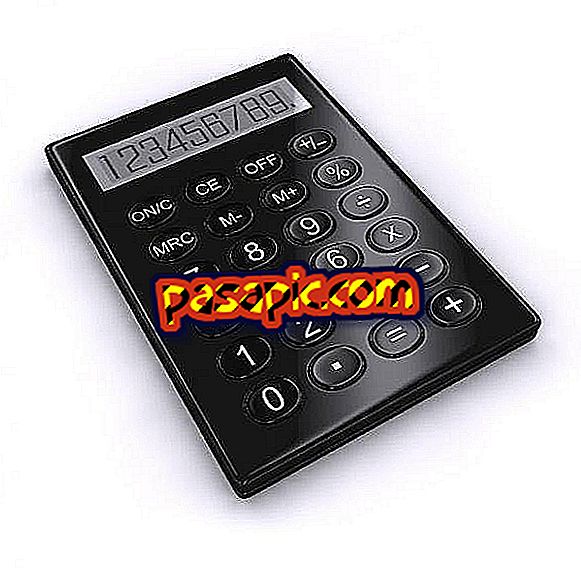What are the functions of tires

In recent years, technological advances have allowed car manufacturers to introduce substantial improvements in vehicles, a circumstance that has meant that the reviews have been widely spaced. Despite this, there are maintenance operations that must be continued, not only to ensure the proper functioning of the vehicles, but also to increase the safety of their occupants. The tires are a fundamental part of the vehicle and you have to have them always in good condition, if you doubt in .com we show you what are the functions of the tires so you can learn how to keep them in optimal conditions.
one
The tires ensure the vehicle's contact with the ground, transmit the useful force of the engine, and direct, brake and give stability to the vehicle. Together with the shock absorbers, they absorb part of the irregularities of the road, thereby providing greater control to the driver and comfort of the occupants.
two
The chamber is the part of the tire that contains the air under pressure, although there are also tubeless tires. The tread is the part of the deck that is in contact with the firm floor and is characterized by its design, a series of grooves and grooves that are responsible for the grip on the pavement and drainage. For the tire to be effective, its pattern must have a minimum depth of 1.6 mm.
3
To lengthen the life of the tires and to homogenize their wear, it is recommended to exchange them from time to time. When doing so it is always preferable to install the tires in better condition in the rear train, regardless of whether the vehicle is front or rear traction, as this will achieve greater stability in braking and better grip.
4
If the front train skids, the driver tends to release the accelerator and turn the steering wheel in the direction of the curve; This natural reaction will allow you, normally, to regain control. On the contrary, if the rear wheels skid, the vehicle tends to spin and it is very difficult to recover the trajectory. The driver should accelerate and turn the steering wheel in the opposite direction of the curve, a reflection only within the reach of experienced drivers.
5
If the tire pressure is low, the consumption increases, the tires become deformed and stability is lost. In addition, the steering wheel is harder and there is a greater risk of aquaplaning. Low pressure is also the main cause of the dreaded blowout.
6
If the pressure is excessive, the footprint and adhesion decreases, the vibrations increase, the suspension deteriorates and comfort is reduced. In addition, tires wear unevenly and cracks appear. If the pressure is unbalanced, the braking is irregular and the stability is less.
7
You must control tire pressure once a month or every 2, 000 km, and always cold. If you exceptionally had to do it hot, add 0.3 bar to the recommended pressure. The tires should be checked every 10, 000 km. and replace at most, every 40, 000.


